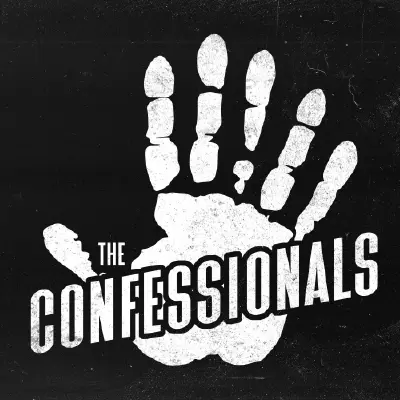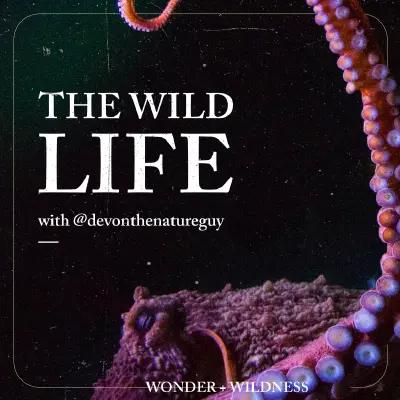Podcasts about Science
Episodes about Science
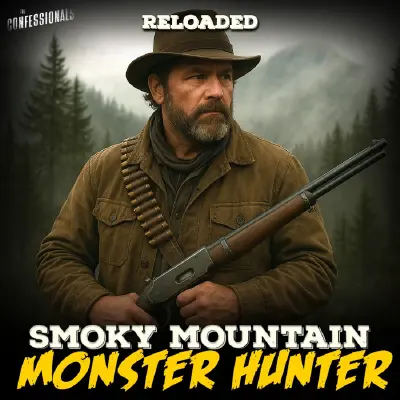
In Episode 560: Smoky Mountain Monster Hunter, we are joined by Brian Jeffery from Black Mass Paranormal. He is a local legend hunter as he was born and raised in the foothills of the Smoky Mountains. He has heard all the stories growing up and has also had his share of close encounters with the beasts that roam these hills. He comes to the studio to talk about his paranormal investigations and cryptid-hunting adventures such as hunting for the dogman and catching a bigfoot on thermal. We talk about it all on this episode of The Confessionals.
Please pray for Tony's wife, Lindsay, as she battles breast cancer. Your prayers make a difference!
If you’re able, consider helping the Merkel family with medical expenses by donating to Lindsay’s GoFundMe: https://gofund.me/b8f76890
Become a member for ad-free listening, extra shows, and exclusive access to our social media app: theconfessionalspodcast.com/join
The Confessionals Social Network App:
Apple Store: https://apple.co/3UxhPrh
Google Play: https://bit.ly/43mk8kZ
Get your ticket for the NEW documentary premiering July 27, 2025 @ 8PM EST: "The Meadow Project"
Ticket link HERE: moment.co/themeadowproject
My New YouTube Channel
Merkel IRL: @merkelIRL
My First Sermon: Unseen Battles
Sasquatch and The Missing Man: merkelfilms.com
Merkel Media Apparel: merkmerch.com
SPONSORS
SIMPLISAFE TODAY: simplisafe.com/confessionals
GHOSTBED: GhostBed.com/tony
CONNECT WITH US
Website: www.theconfessionalspodcast.com
Email: contact@theconfessionalspodcast.com
MAILING ADDRESS:
Merkel Media
257 N. Calderwood St., #301
Alcoa, TN 37701
SOCIAL MEDIA
Subscribe to our YouTube: https://bit.ly/2TlREaI
Reddit: https://www.reddit.com/r/theconfessionals/
Discord: https://discord.gg/KDn4D2uw7h
Show Instagram: theconfessionalspodcast
Tony's Instagram: tonymerkelofficial
Facebook: www.facebook.com/TheConfessionalsPodcas
Twitter: @TConfessionals
Tony's Twitter: @tony_merkel
Produced by: @jack_theproducer
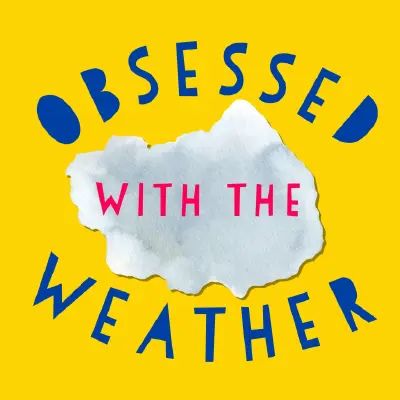
Send us a text🔥 Is another heat wave on the horizon? As we cruise into mid-July, temps are climbing — and we’re talking about the hottest temperature ever recorded in July! 🌡️🌊 The tides are shifting just in time to unlock prime beach days, and the ocean is finally starting to warm up. ☀️ But as the sun sets a little earlier each night, daylight is slowly slipping away…💧 With all the recent rain, is the drought still a concern? We’ve got the latest status — plus your full weather preview for July 13–20, 2025.🎙️ It’s all coming up next on Episode #203 of Obsessed With the Weather!Support the show

News headline of the week. Hosted on Acast. See acast.com/privacy for more information.
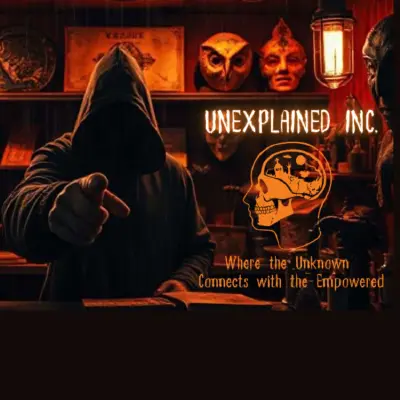
Jul 12, 2025
Consciousness Cafe #13: Kundalini Yoga & Neuro-Feedback Healing w/ Shannon Thompson
Unexplained Inc. ❭
Like Phantom Phil...Shannon Thompson is a fellow practitioner at the Lavender Lane Wellness Centre in Waterloo, ON, Canada.You can book with her through here:https://lavenderlaneptw.ca/shannon/You can learn more about her services at her own website:https://shannonmariersw.ca/pages/about-meIn this chat they discuss Kundalini yoga...the benefits of neuro-feedback...which is incredibly healing for the brain and body...the soul blueprint reading...which is similar to astrology and human design...and do we really carry past life traumas into the current lifetime we are born into? Don't believe in these? Think again as Phil shares personal testimony on some of these services and they are changing the health and wellness game as we speak!Connect with Unexplained Inc. here:https://www.unexplainedinc.com/Watch this episode on Rumble, here:https://rumble.com/v6vbegt-consciousness-cafe-13-kundalini-and-neuro-feedback-w-shannon-thompson.html
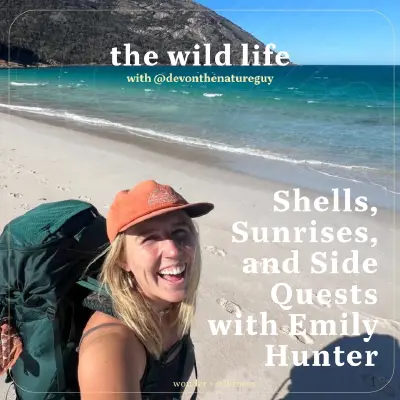
What happens when you follow curiosity wherever it leads?In this episode of The Wild Life, I’m joined by Emily Hunter—a passionate environmental science educator, interpretation specialist, bushwalk guide, and nature communicator currently living and working along Australia’s Ningaloo Reef.Emily shares her journey from being a "tree hugger" kid in Idaho to becoming a globe-trotting interpreter of nature's stories, using awe as a tool for connection. We explore the power of wonder as a precursor to knowledge, how interpretation helps break down scientific gatekeeping, and what it really means to talk on behalf of the land, sea, and sky.Along the way, we dive into:Why knowledge alone doesn’t spark change—but wonder mightThe magic of the Ningaloo ReefWhat it's like to snorkel with first-timers and hike with strangers before sunriseWhy environmental education needs weirdness, joy, and emotional honestyAnd how following a sticker or a Facebook post can change your lifeWhether you’re a student wondering how to get started, a teacher trying to bring passion into your practice, or someone who’s just trying to rekindle that childhood spark of curiosity—this one’s for you.🌏 You don’t have to live near a coral reef to live a rich, curious, nature-connected life.Sometimes it starts with a question. Or a shell. Or a really good sunrise.📣 Share this episode with someone who needs to be reminded that weird is good—and wonder matters.
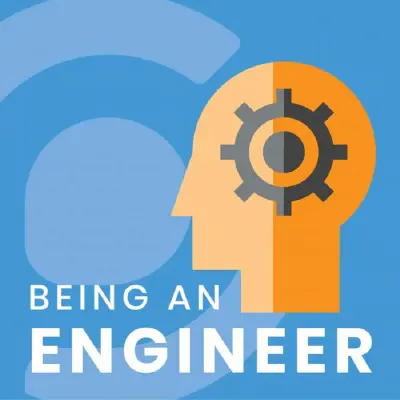
Jul 11, 2025
S6E28 Paul Vizzio | Engineering Naval Submarines, Pet Products, & Elite Sports Training Machines
Being an Engineer ❭
Send us a textIn today’s episode, Paul will explore how he scales hardware teams, builds for manufacturability, navigates supply chain complexity, mentors engineers, and embraces community‑driven innovation. Get ready for insights on leadership, prototyping, and bringing hardware to life from idea to market.Main Topics:Proteus Motion's V1 and V2 machine developmentEngineering career progressionHardware product design and manufacturingConsulting and entrepreneurshipNew York Hardware Meetup community buildingAbout the guest: Paul Vizzio is a seasoned mechanical engineer and hardware leader with a diverse background spanning consumer electronics, cleantech, and defense. Starting as a product management intern at SolidWorks, he later managed undersea vehicle projects at the Naval Undersea Warfare Center. As the first mechanical engineer at goTenna, he developed both consumer and military-spec products from concept to production in under a year.In 2017, he founded Vizeng, providing end-to-end mechanical and supply-chain consulting to NYC hardware startups. He also led product development for RoadPower’s regenerative road systems.Since 2019, Paul has led hardware efforts at Proteus Motion, overseeing team growth, R&D, and supply chain. His work includes redesigning the V1 system and launching the V2 within a year—contributing to Proteus’s adoption by 400+ pro sports teams and clinics. He also co-organizes the NY Hardware Meetup and founded the D2C pet brand RemieDog, reflecting his passion for innovation and community-building.Links:Paul Vizzio - LinkedInVizeng WebsiteAaron Moncur, hostClick here to learn more about simulation solutions from Simutech Group. 🚀 Join Us at PDX 2025! 🚀PDX 2025 is the Product Development Expo designed for engineers who want hands-on training from industry experts. PDX focuses on practical skill-building, cutting-edge tools, and real-world solutions.📅 October 21-22, 2025 📍 Mesa Convention Center, AZ 🔗 https://reg.eventmobi.com/product-development-expo-2025About Being An Engineer The Being An Engineer podcast is a repository for industry knowledge and a tool through which engineers learn about and connect with relevant companies, technologies, people resources, and opportunities. We feature successful mechanical engineers and interview engineers who are passionate about their work and who made a great impact on the engineering community. The Being An Engineer podcast is brought to you by Pipeline Design & Engineering. Pipeline partners with medical & other device engineering teams who need turnkey equipment such as cycle test machines, custom test fixtures, automation equipment, assembly jigs, inspection stations and more. You can find us on the web at www.teampipeline.us
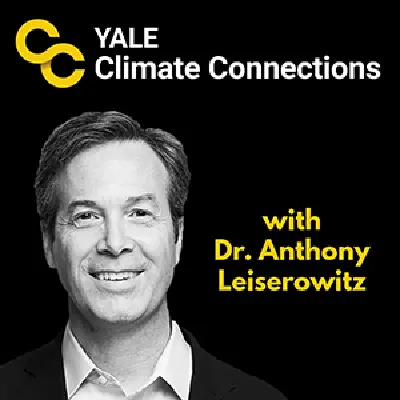
‘The idea is to stop people dying from heat, which is a preventable death.’ Learn more at https://www.yaleclimateconnections.org/
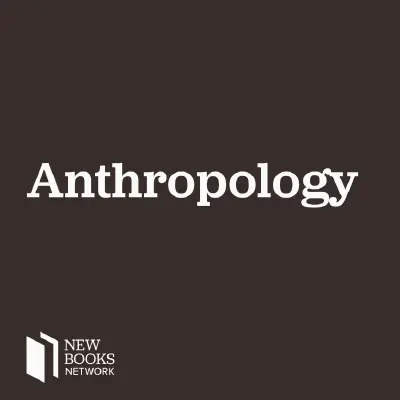
Jul 11, 2025
Laurie Denyer Willis, "Go with God: Political Exhaustion and Evangelical Possibility in Suburban Brazil" (U California Press, 2023)
New Books in Anthropology ❭
Through deep attention to sense and feeling, Go with God grapples with the centrality of Evangelical faith in Rio de Janeiro's subúrbios, the city's expansive and sprawling peripheral communities. Based on sensory ethnographic fieldwork and attuned to religious desire and manipulation, this book shows how Evangelical belief has changed the way people understand their lives in relation to Brazil's history of violent racial differentiation and inequality. From expressions of otherworldly hope to political exhaustion, Go with God depicts Evangelical life as it is lived and explores where people turn to find grace, possibility, and a future.
Mentioned in this episode:
Denyer Willis, Laurie. 2018. “‘It smells like a thousand angels marching’: The Salvific Sensorium in Rio de Janeiro’s Western Subúrbios.” Cultural Anthropology 33, no. 2: 324–348.
Laurie Denyer Willis is Senior Lecturer in Social Anthropology at the University of Edinburgh.
Liliana Gil is Assistant Professor of Comparative Studies (STS) at The Ohio State University.
Learn more about your ad choices. Visit megaphone.fm/adchoices
Support our show by becoming a premium member! https://newbooksnetwork.supportingcast.fm/anthropology
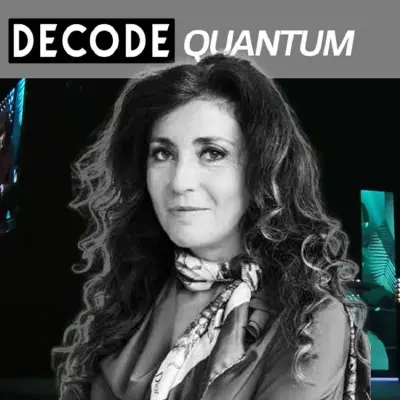
Sabrina Maniscalco is the CEO and cofounder of Algorithmiq, a startup developing quantum algorithms for applications in life sciences based in Helsinki. She is also a Professor of Quantum Information, Computing, and Logic at the University of Helsinki. Beforehand, she held academic positions in Sofia, Durban, Turku, and Edinburgh, before returning to Finland in 2014 to lead the Theoretical Physics Laboratory in Turku. She moved to the University of Helsinki in 2020, coinciding with the founding of Algorithmiq. She’s done research on noise in quantum devices, complex quantum systems, and quantum simulations.
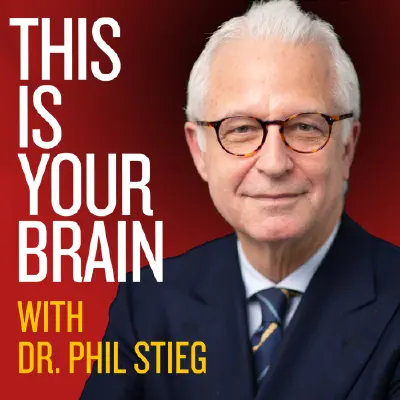
Everyone loves a good story. And so do our brains. Whether its books, movies, fairy tales, or even office gossip, stories are much more than just entertainment. According to Dr. Fritz Breithaupt, narratives in our lives are way more powerful than we realize. We don’t just enjoy stories, we actually need them. But why are they so important? Does the brain gain anything from a good plot on your favorite Netflix series, or the well-developed characters in an Oscar winning film? There is actually something much more important in a good story, a reward for our brains that has actually been essential to human survival. Plus, tales of Dungeons & Dragons as therapy! For more information, transcripts, and all episodes, please visit https://thisisyourbrain.com For more about Weill Cornell Medicine Neurological Surgery, please visit https://neurosurgery.weillcornell.org
